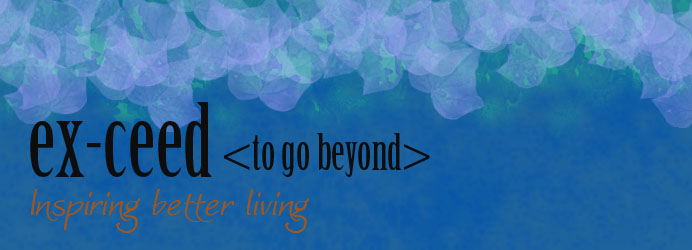“We don’t see things as they are, we see them as we are.”
—Anaïs Nin (originally from the Jewish Talmud).
The angry person sees an angry, snarling world before him or her just as much as the wise elderly man or lady (from their years of grinding wisdom) sees a world that’s not that dissimilar from what they experienced back in their deep, dim past. Things are as they are, yet we colour them this way and that by, and via, how we see ourselves.
And this is the perfect window into the soul and spirit of the person, never mind the eyes. This is how we gain a glimpse of the person acting before us.
When we interact with a person who’s continually finding fault in things and never truly satisfied, chances are they’re deeply dissatisfied within themselves and perhaps the perfectionist streak that drives them is now trying to drive everyone else (crackers!).
Equally, when the person before us is calm and at peace with the goings-on before them, they see no need to throw the baby out with the bathwater. They’re encouraging; unless of course they see things worthy of criticism.
How do we want to be seen?
Acknowledging the Human Condition of Flawed Sight
The key default of our very human undertaking is we’re all confounded so much (or little) by our propensity to see things askew. The chorus to Australian Crawl’s early 1980s hit, Things Don’t Seem, hits this nail on its head.
Things justa
Don’t seema
To be going right
Our very egocentricities are a hard force to resist, and this is why an adherence and a dedication to the truth (at all times) is a godsend for us. It’s only when we willingly and habitually approach the truth, come what may, that we begin to see how tragically flawed our sight is.
And funnily enough, when we’re truthful about things and our insight is correct for the most part, we establish for ourselves an abiding peace. This helps us not only see the world aright, but it helps us not be overly critical and skewed in our thinking and judgment.
There is no reason why we can’t see things as they actually are.
© S. J. Wickham, 2009.

No comments:
Post a Comment